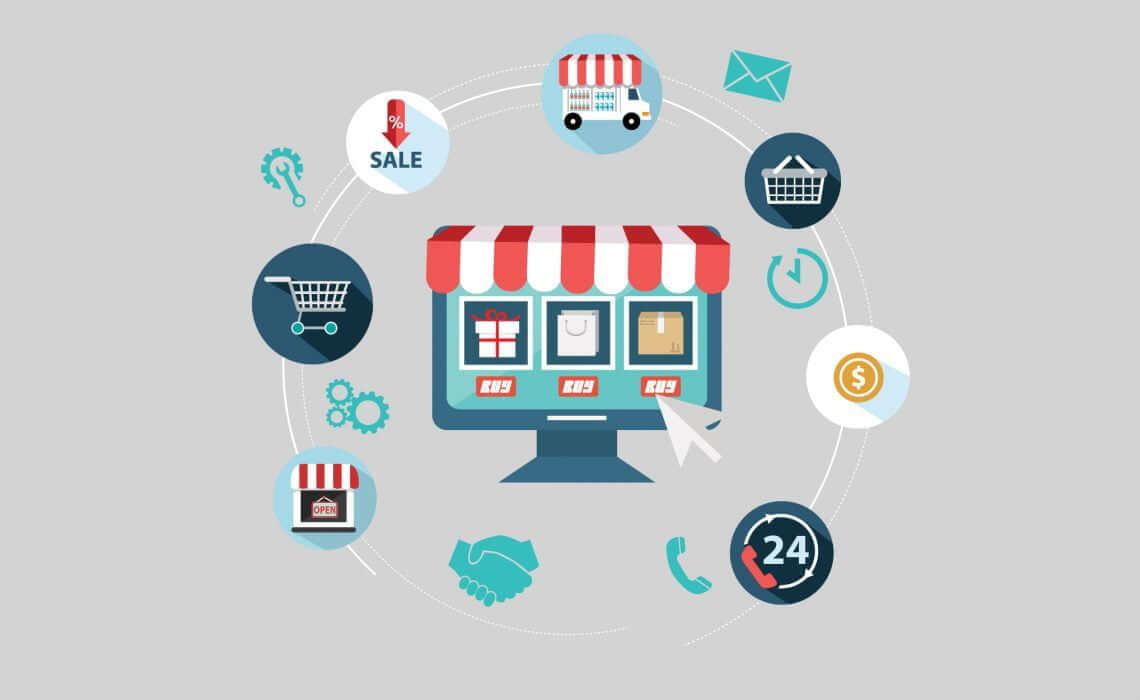Founders often begin their journey with an idea that solves a problem. While innovation can drive business in the early stages, even the best ideas can quickly become obsolete if not executed correctly.
That’s why at the heart of every successful startup lies a robust business model. A framework enabling your startup to grow and scale is key. When startups think about which type of business model they want to adopt, there are a few important factors to consider.
The first step involves determining how your revenue is structured. Although revenue is an important aspect of your business, it’s integral to consider aspects of the business such as cost structure, marketing, target audience, service offering, etc.
Due to the ever changing needs of your business, choosing a specific model may not always involve a regimented approach. In other words, it’s not a one-size-fits-all solution. Rather, it can involve a combination of factors that contribute to the overall success of your business.
Let’s dive into some of the most popular business models.
Marketplace Model
A marketplace model involves acting as the intermediary between the buyer and the seller.
The biggest advantage of using a marketplace model includes the fact that it eliminates the traditional brick and mortar store, meaning you don’t need to provide inventory yourself, thus getting rid of overhead costs and the risks that come along with it. Marketplaces typically earn money by charging a small percentage of the transaction between the buyer and the seller.
Reseller Model
While the reseller model is similar to the marketplace model, the former focuses on promoting and selling products that are produced or manufactured by a separate company or individual. A company like Amazon promotes and sells products sold on their website – once a purchase is made, delivery of the product falls on the company or individual that operates the storefront and has listed the item for sale.
Subscription Model
The subscription model is arguably one of the most popular business models. This model involves a company selling a product and/or service via a subscription as opposed to a one-time transaction.
The benefits of a subscription model are two-fold. It provides a lower barrier to entry for products and services which allows more potential customers to purchase your product. Additionally, it makes your monthly recurring revenue (MRR) a lot easier to predict- a metric that is very important to investors.
On-Demand Model
The on-demand model provides customers with nearly immediate access to the product or service. Good examples of this include food and grocery delivery apps and ridesharing services.
Although this business model is similar to a marketplace, it often requires more regulatory work in the early stages, in addition to sourcing freelance workers to deliver the product or service.
Direct Sales Model
There are a few different types of direct sales. The two most popular are inside sales, which takes place when a customer places an order directly with the company, or business development representatives whose role is to sell the product to potential prospects; and outside sales, which involves face to face selling.
The main advantage of a direct sales model is that it builds client customer relationships and helps drive customers through the sales cycles. This is especially important when there are multiple potential buyers and influencers.
In terms of disadvantages, the direct sales model often requires hiring a sales team which can be difficult and costly if you have a small business and you’re trying to scale.
Freemium Model
The freemium model describes a company whose basic services are free, but requires users to pay an additional fee for premium features, tools, or extensions.
The biggest advantage of this model is that the free basic service is attractive to a lot of customers. In this model, it’s important to identify premium offerings that are enticing in order to convert free users to paid customers.
The disadvantage of this model is that many users will not upgrade to premium and it can be costly to convert people from free to premium. Additionally, the costs associated with hosting this service for free users can become quite expensive.
Affiliate Revenue Model
The affiliate revenue model is one of the most popular web-based revenue models. It works by advertising and promoting links to different products and services, while collecting a commission based on the sales of those products. This can often be a good strategy to monetize on blogs and web pages that get a lot of views but do not have their own product or service.
Transactional Revenue Model
Many companies rely exclusively on a transactional revenue model as it is one of the most straightforward ways of generating revenue – customers pay directly for a good or service.
The main advantage to this model is how simple it is for transactions. It also has the added benefit of easily calculating margin by taking the sales price and subtracting the production cost.
The main disadvantage of this model is that a company needs to do something for every transaction: produce a good, ship a product, etc. This is more costly, and intensive than a model like recurring revenue.
Retail Sales
A retail business model involves delivering a traditional brick and mortar experience through a department or retail store. In this model, physical goods are sold to your customers.
Retail can provide customers with discounts and exclusive products. It’s also a great way to build brand loyalty.
While this route can build popularity, the retail sales route is suboptimal for early stage companies to accelerate their revenue growth and reduce profit margins.
Crowdsourcing
Crowdsourcing involves generating product interest through social media and/or viral videos, as well as partnerships, and other promotional channels.
The biggest advantage to crowdsourcing as a business model is that your upfront costs tend to be lower due to the fact that early adopters will typically cover your startup costs.
Some disadvantages to keep in mind include the possibility of a failed launch resulting in a bad customer experience – for example, if the product is delayed or canceled.
While each of these business models contain different advantages, it’s important to consider what works best for you and your objectives. An L-SPARK accelerator can help you navigate the complexities of growing your startup, while minimizing risks and getting the mentorship necessary to succeed and scale.



